Behind the Scenes with ISS Props

The pros in Hollywood can make the impossible seem entirely real. This is true whether it is soldiers battling alien invaders, dinosaurs and even fictional creatures being brought to life, or just superheroes seeming like superheroes.
In addition, today’s action films are more intense than ever before, with gunplay that is as choreographed as an old-time Hollywood musical. However, all that gunplay also requires that the film set be safe for the cast and crew. That latter point was only reinforced due to the tragedy on the set of a Western being filmed in the fall of 2021.
For Larry Zanoff, the lead armorer and assistant weapons manager at Independent Studio Services (ISS), also known as “ISS Props”, safety has always been at the forefront of his mind. As Zanoff told The Armory Life, “Millions if not billions of rounds of blanks have been fired safely over the years with no incidents. Hollywood is very professional and knowledgeable when it comes to firearms — we have been doing this as an industry for well over 100 years.”
In fact, it could be argued that even as action films like the “John Wick” series and others have called for even more dramatic shootouts, it is far safer than in the “Golden Age of Hollywood” in the 1920s and 1930s. Back then, it was common for film productions to call upon sharpshooters to carefully fire close to the actors.
It was only after James Cagney had a close call during the making of 1931’s “The Public Enemy” — where he was required to duck around a corner before a real Thompson machine gun was fired in his direction — that the screen legend put his foot down and refused to do such dangerous scenes again. Hollywood then changed the practice.
Masters of their Craft
Hollywood is full of magic makers. There are those who can bring those dinosaurs to life, while there are others who perform the stunts of today’s “action stars.” But in the case of supplying the firearms, as well as the accompanying gun safety and even accuracy, no one does it better than the pros at ISS.
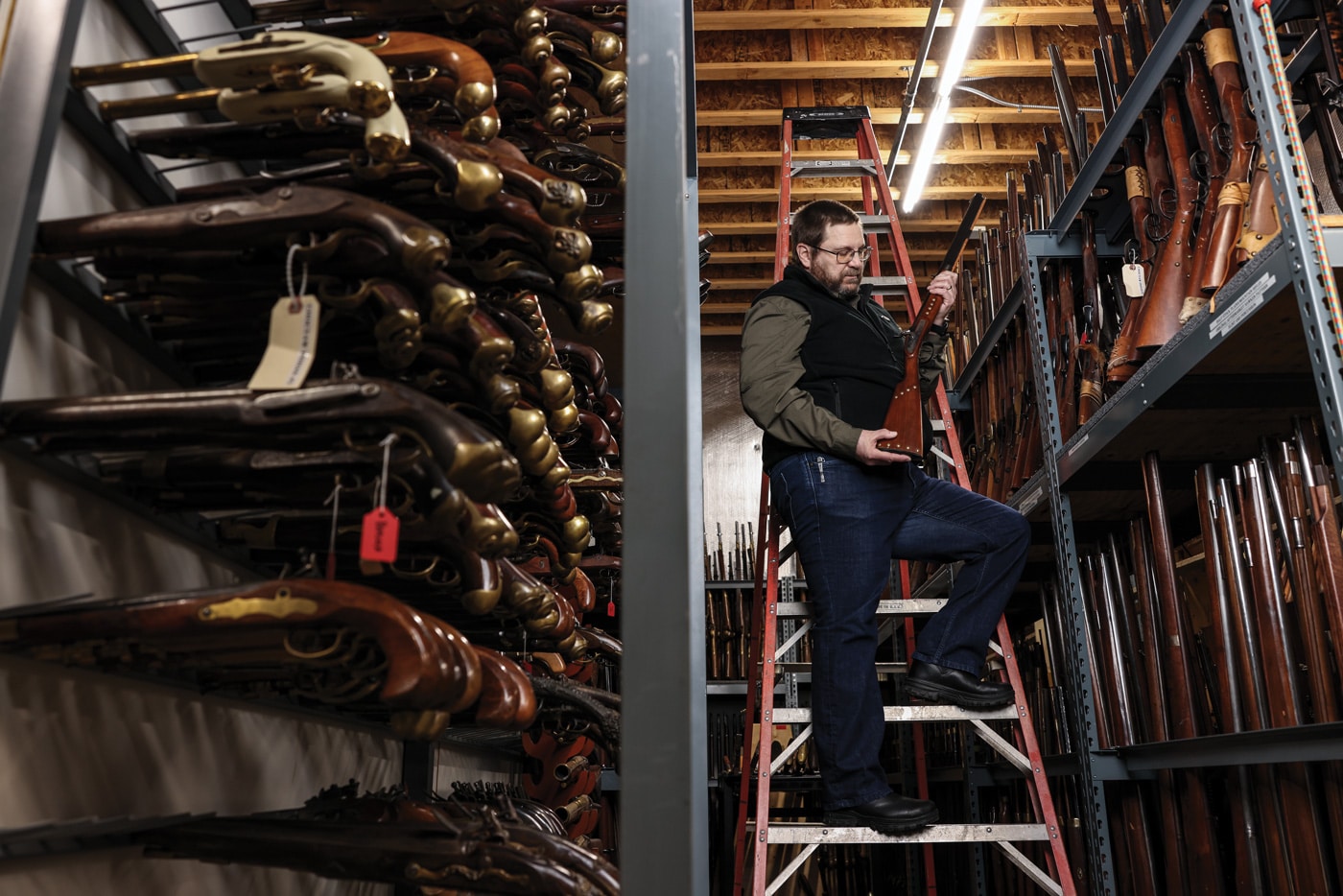
Created in 1977 by Gregg Bilson, Sr., literally in his garage, ISS is now the largest prop house in North America, and possibly even in the world. It has become a “one-stop shop” full-service prop house that provides manufacturing, rentals of general props, firearms rentals, blank manufacturing, graphics, and expendable items for use by prop crews out on set.
Its weapons department is one of the largest, if not the largest, such facilities in the world, and it is specifically tailored to support the entertainment industry with blank-firing firearms for use on television/film sets. According to Zanoff, ISS has the equipment, as well as the personnel, to provide technical advising services, actor training, on-set armorer services, assistance with script writing on the technical issues of firearms, and much more.

It is now the industry leader by size and technology, and is able to support productions far from its base in Hollywood, California. It has armorers located throughout the United States and around the world, and it can aid in production almost anywhere the cameras will roll. When it comes to firearms and other weapons, what they don’t have, ISS can source or even make.
Just Don’t Call It a Prop Gun
One point that Zanoff is quick to address, however, is regarding the term “prop gun,” which is widely used by those not actually in the industry.

“I don’t use the term ‘prop gun’, and here is the reason: In the entertainment industry, a prop is anything an actor picks up, handles, or interacts with on camera. So, clearly, a firearm could be considered a prop. Having said that, ‘prop’ has also taken on the meaning of something that is fake. So, while a firearm on a film set is indeed a prop, when you call it a ‘prop gun’, the implication is that it is not a real gun, and I think that is misleading.
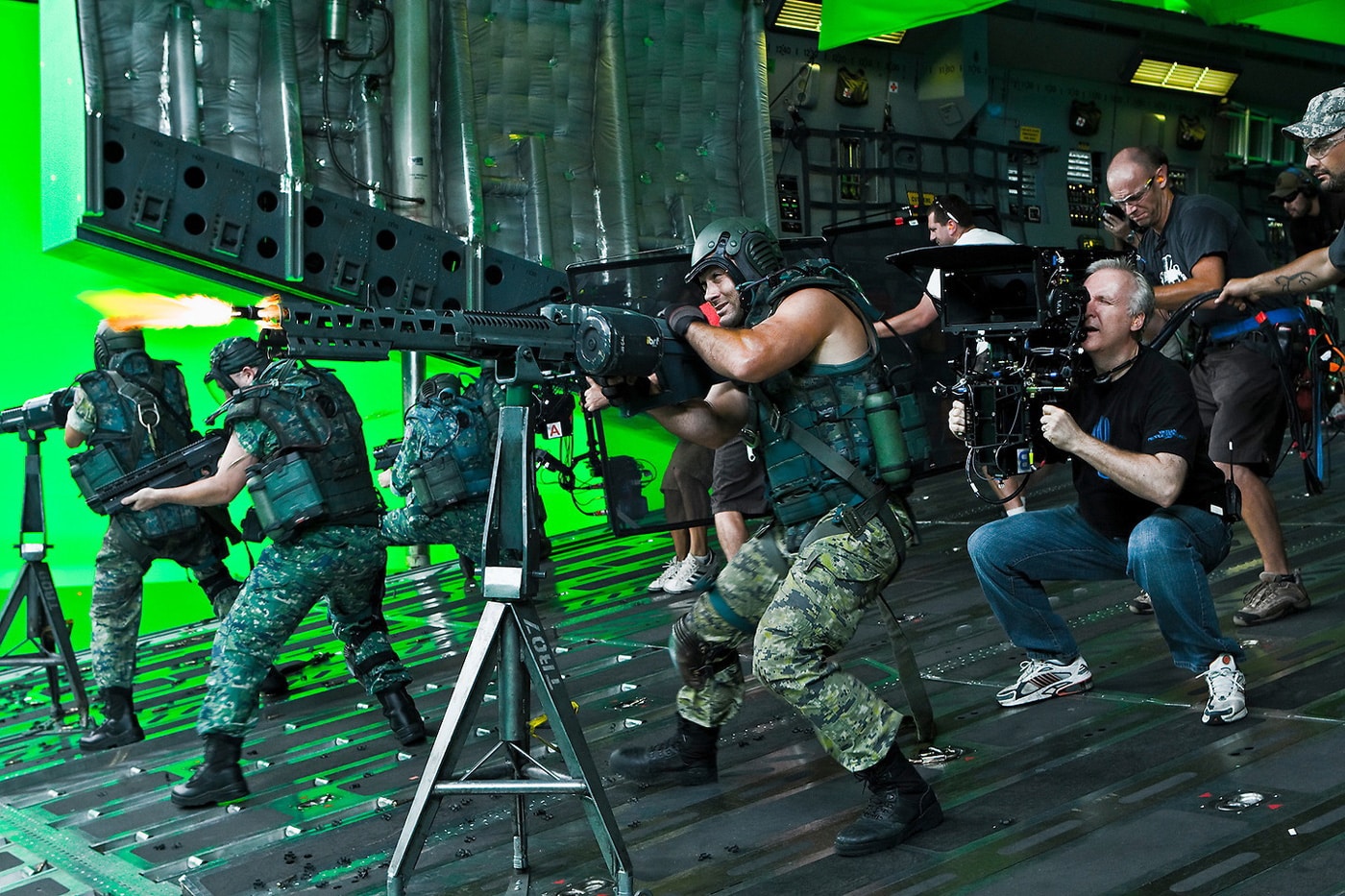
“A ‘prop gun’, in my opinion, is a rubber gun intended for use in a stunt, or a replica gun intended as what we call a ‘holster stuffer’. If you see a firearm with muzzle flash coming out of the barrel, shells ejecting out of the ejection port etc., it’s most likely a real firearm set up to utilize blanks.”
Safety: First and Foremost
Safety in the film industry — and even more so at ISS — is taken very seriously, especially when it comes to firearms. As noted, the industry does have a very good track record.
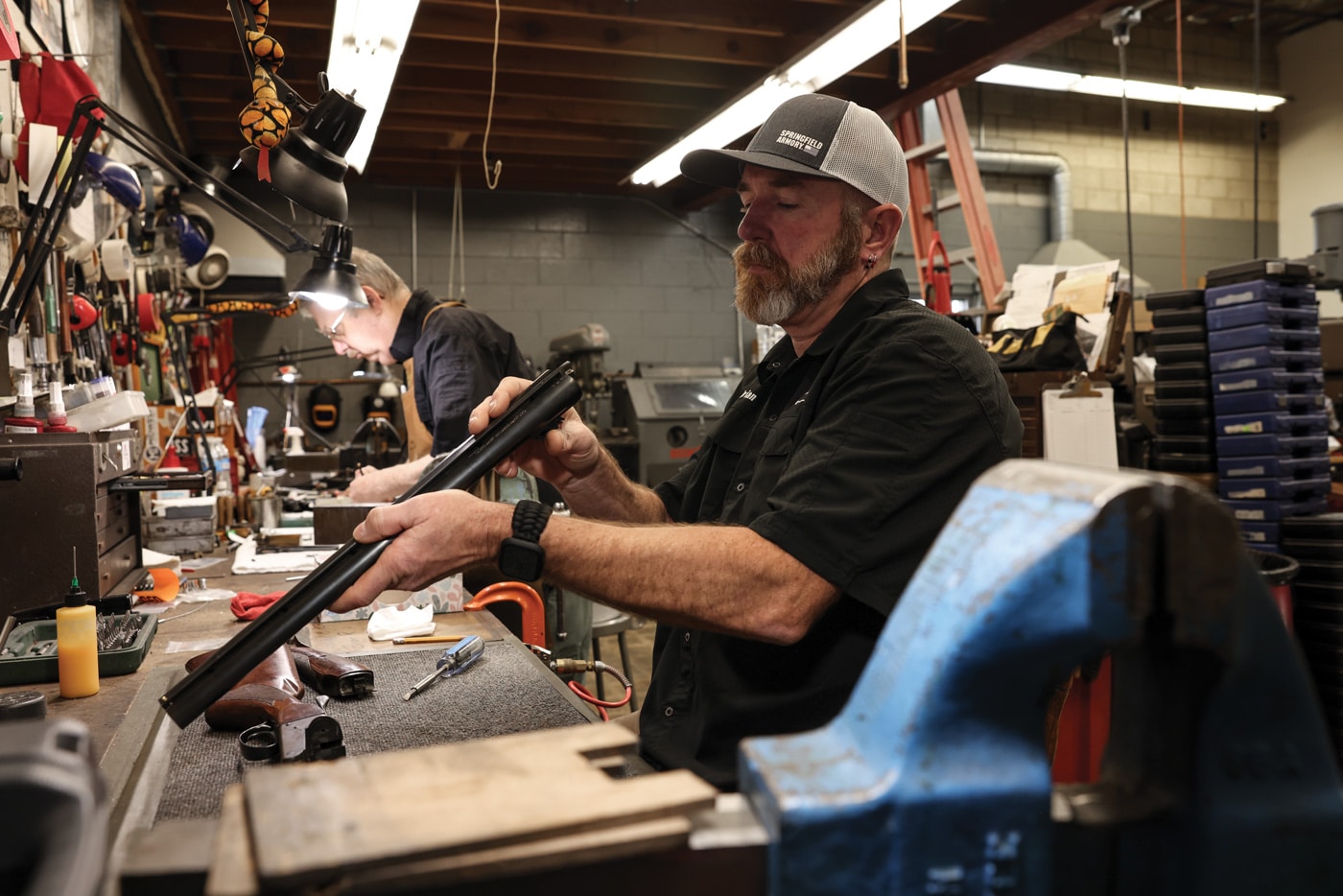
“In fact, current information shows that the motion picture industry is three to four time safer than other industries in general — based on statistics from 2019,” said Zanoff.
It must be remembered too that this is an industry that flips cars, blows up structures, sets things on fire, perform stunts, and even stages “gunfights” on a daily basis. All of it is done safely, by a small group of experienced, dedicated professionals.
“A film set is a very dynamic work environment, with very strict guidelines that allow the industry to do amazing things over and over again, in a safe manner,” added Zanoff. “If something does go wrong — as sometimes happens in many other daily endeavors — it is usually due to inexperienced people ‘being out of their depth,’ who did not follow the industry guidelines. And it is the exception, not the rule. Contrary to the perceptions of people outside the industry, who get their information from the media as opposed to actual experience, the industry as a whole is very safe.”
More Intense Action Scenes
Zanoff also acknowledged that the great challenge for armorers today is how action films are now loaded with so much more action. That is true on the big screen, but also with many television productions.
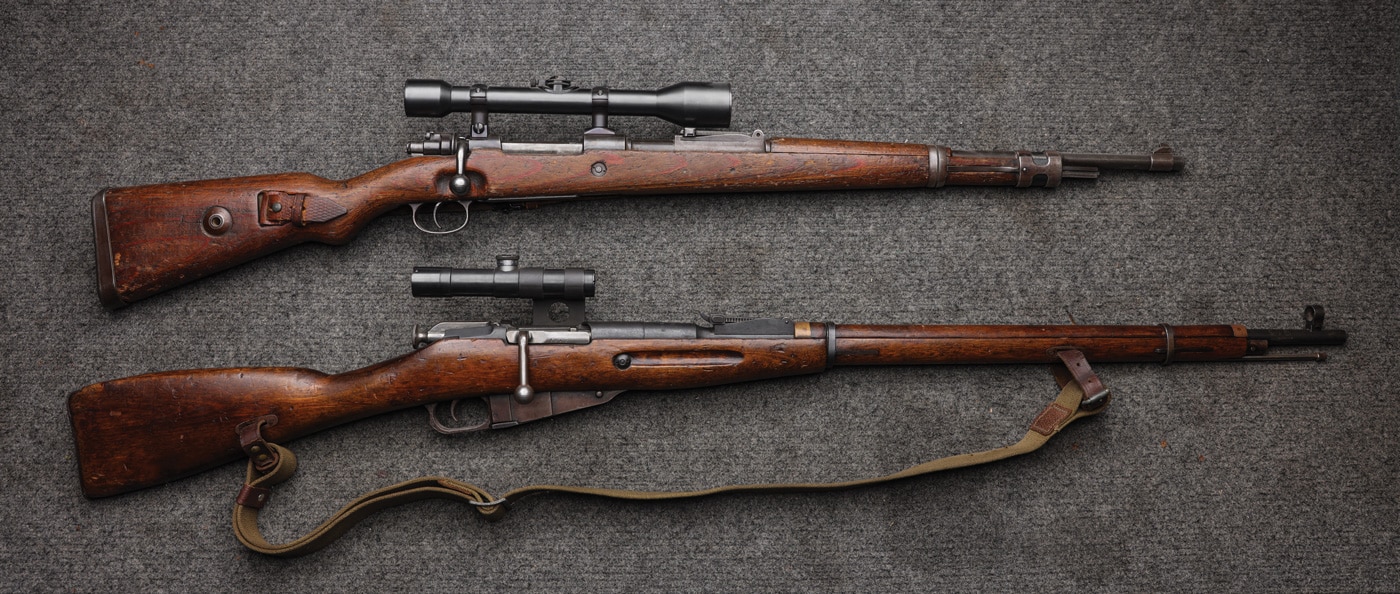
“There has been a lot of what we would call ‘gun fight choreography,’” said Zanoff. “We can look back to the 1960s with TV Westerns like “Gunsmoke”, and each character maybe fired one shot and the fight was over. That was a lot of excitement.”
Even films that were called out for a “gratuitous level of violence”, like 1967’s “Bonnie and Clyde” or the Western “The Wild Bunch” two years later, may now seem almost tame. It could be argued that the Michael Mann film “Heat” (1995), followed by “The Matrix” (1999) upped the ante, and Hollywood has never looked back.

“Today there can be multiple people with guns, and then there are knives and other weapons. Now, it is so much more intense as the bar has been raised, and with it there needs to be the skill sets to successfully choreograph these action sequences,” Zanoff further explained. “Audiences are demanding much more today, and that requires more visual input that is almost constant action. You can’t have a dead moment in some of these films, and there has to be action throughout. Of course, the crews have to interact with all this action at a much higher level than in the past.”
At ISS, it’s all done with a focus on safety. Every precaution that gun owners observe — assuming all guns are loaded, and never pointing even an empty gun at someone — are observed on the film set, and then some. Actors aren’t even handed the firearm(s) or other weapons until just before the cameras start rolling, and as soon as the scene is filmed, the armorers step into retrieve those items.
Suspension of Disbelief
Beyond the safety concerns, the armorers have other challenges. This can include making everything on screen seem as real as possible. Regardless of when or where a movie is set, astute viewers know to engage the so-called “suspension of disbelief,” which is required as a way to overlook minor plot holes and even factual errors. In other words, this is what allows us to believe the magic we are witnessing.
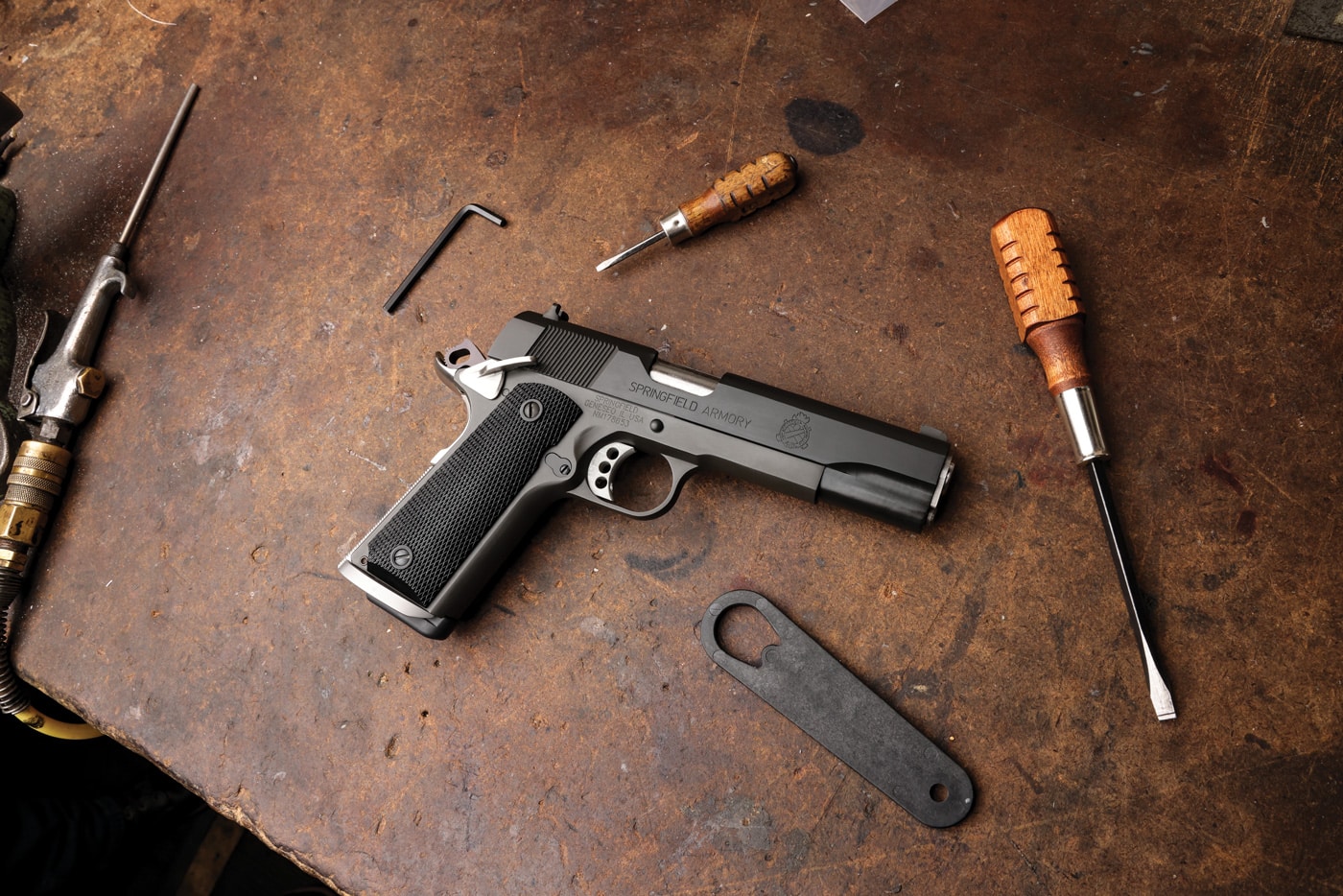
However, today movie viewers can be quite discerning when it comes to the accuracy and realism of firearms. This is why there aren’t question about why a “terminator” sent from the future speaks with an Austrian accent, but it continues to be debated as to how he obtained a fully automatic Uzi submachine gun.
For Zanoff and his team, they’ll leave the accents to someone else, but he told The Armory Life that it’s his job to ensure the firearms look the part, and — when possible — are handled correctly.
“As an armorer we’ll always strive for 100 percent accuracy,” Zanoff explained. “We get queries from the movie makers and try to provide the most accurate presentation of how things should be.
But we have to remember we’re creating entertainment. So we have to take license on how the characters react.”
This is why the slides sometimes won’t lock back with an empty semi-automatic pistol, why anyone can wield a minigun, and how individuals can make a shot that the world’s best shooter might struggle with.
“This can be a case of building tension, and any movie has to balance reality with drama,” added Zanoff.
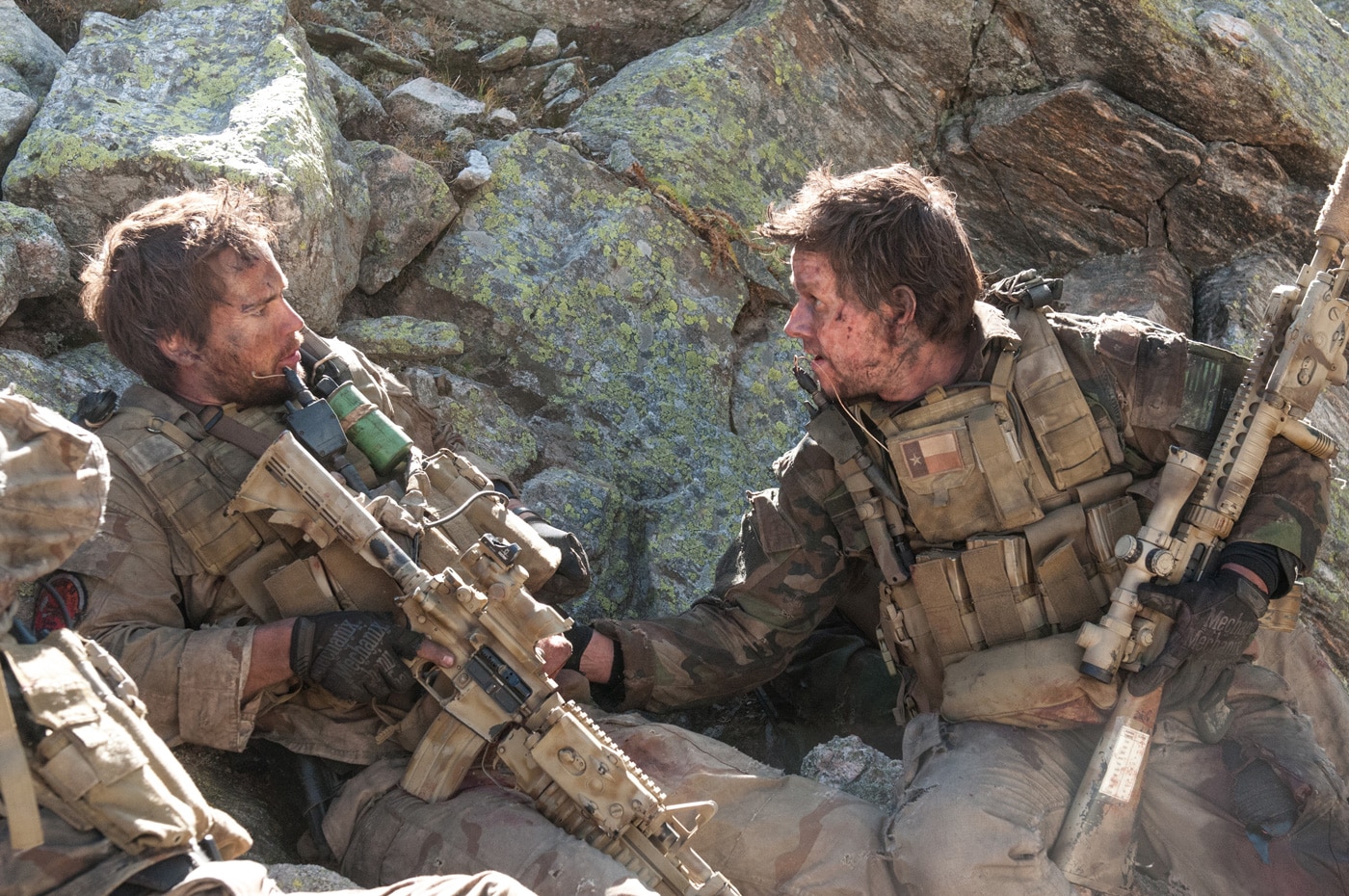
Films like “American Sniper” and “Lone Survivor” are examples where there was as much accuracy as possible, but even with those films, it requires addressing what the writers, directors and producers have in mind.
“There are times when a director wants certain actions, like having a pistol go ‘click, click, click,’ or to use what might be considered by some as incorrect terminology,” said Zanoff. “While these actions may not be correct in the real world, they may serve to build tension, or enhance some other element of the story that is being told.”
The viewing public — most especially “firearms enthusiasts” — may need to remember that what they are watching is, in fact, a story.
“Here at ISS, we make an effort to attain as much accuracy and authenticity as possible, but if an inaccuracy is detected by a viewer, it does not necessarily mean that ‘those guys in Hollywood don’t know what they are doing, and don’t know anything about guns,’” Zanoff said, defending his profession and the industry in general.
“In a department of only 10 employees, we have two former military, including one USMC, and one former IDF (Israel Defense Force); one former law enforcement professional; and five former firearms industry professionals to name just a few.”
Sometimes, the director’s “vision” overrules the reality factor, again, because he/she is just telling a story.
Zanoff was also quick to note that no one seems to question “artificial gravity” on the USS Enterprise in “Star Trek” or let it ruin their viewing experience, but somehow the real world ballistics of a particular firearm when fired at an alien invader seem to be “fair game.”
“If we are working on a documentary-type show, additional effort is made to be accurate, but it must be remembered that we only provide the props for a film,” he admitted. “We don’t write, produce, fund or direct the film. So there are times that we — ISS, and other on-set armorers — do not get the final say.”
Making It in Hollywood
While actors and actresses may head to Hollywood in the hope to “make it to the big time,” the armorers at ISS will go to great lengths to ensure that a production’s needs are met. In the case of science-fiction films, that can require making weapons that seem realistic and convincing. That can involve modifying modern firearms into something futuristic.
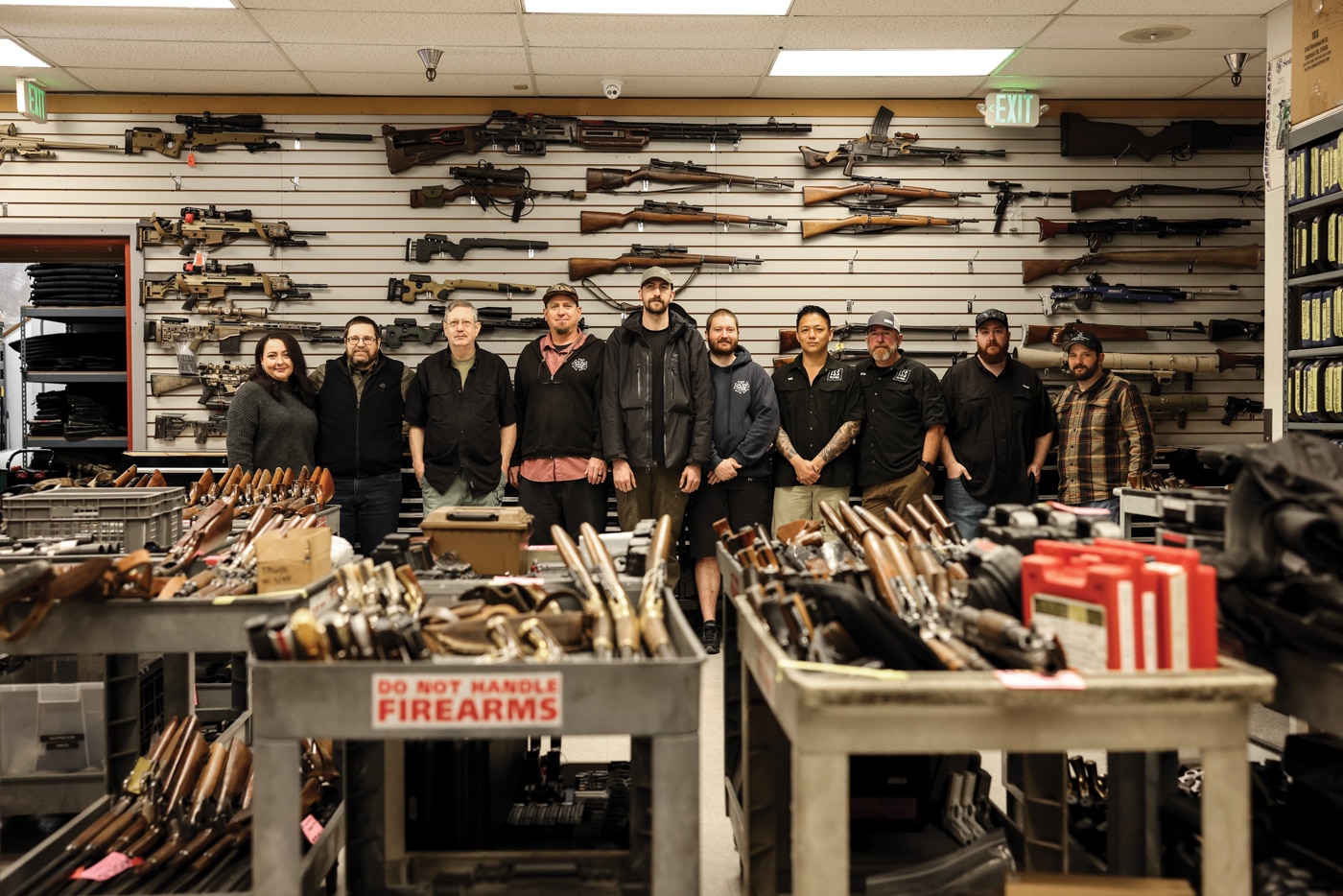
Other times it can require sourcing firearms from around the world for historic dramas and period pieces. Global politics can even come into play.
“There are now challenges not only based on the genre, but on the geography of the story,” said Zanoff. “For instance, we can’t get any Russian armaments, historic or otherwise, right now.”
Yet, the staff at ISS is always up to the task.
“Period weapons are always a problem, but we also adapt,” Zanoff explained. “If we can’t find it, we’ll replicate it.”
That is just another part of the magic of Hollywood. And ISS plays a big role in making that magic happen.
Be sure to check out The Armory Life Forum, where you can comment about our daily articles, as well as just talk guns and gear. Click the “Go To Forum Thread” link below to jump in!
Join the Discussion
Featured in this article
Read the full article here










